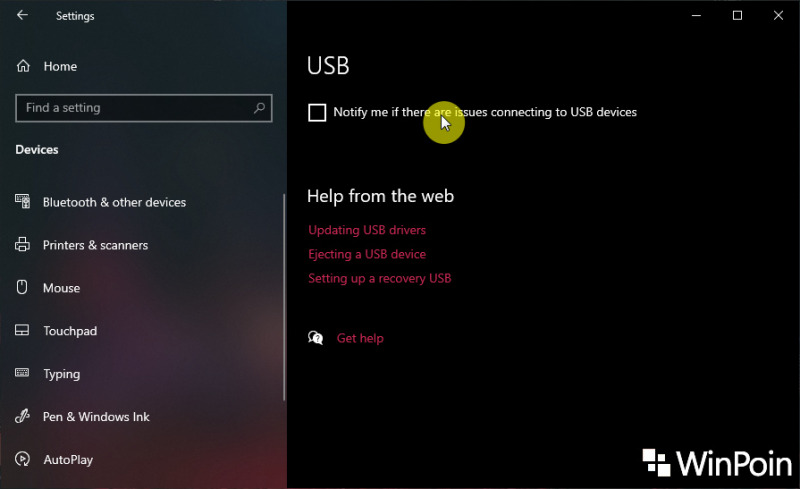

Much easer than unetbootin or any other method I've heard of. However, should you wish to make a full, standard (not Live USB) install onto your USB drive rather than onto your hard disk, theres an additional restriction. Just do this (as root): dd if=/home/username/Downloads/system.iso of=/dev/sdb Assuming the memory stick is /dev/sdb and the image is /home/username/Downloads/system.iso. HW: Vivobook S15 S530FA, 3.0.5 BIOS (latest), UEFI seems capable to boot UEFI only, no CSM settings in BIOS. Unfortunately with antiX 17 Unetbootin does not work.
Unetbootin does not recognize usb iso#
But if I set the BIOS to boot from USB-LS120, I can boot from USB-sticks by the following trick: preparing the USB-stick with bootflash from PartedMagic or Puppy 4.3.1 Then install the iso on the USB-stick with Unetbootin. nothing is listed under the Drive field). However, Unetbooting still does not recognise the USB (i.e. I followed instructions online and formatted my USB with Disk Utility, to MS-DOS (FAT) format and GUID Partition scheme. Unetbootin method=diskimage isofile="my.iso" installtype=USB targetdrive=/dev/sdc1įrom Linux there's a very easy way to create a bootable memory stick from an ISO image - and this should work for any OS. Same here, USB stick formatted using GParted to FAT32 (simple MBR layout), using netbootin with downloaded ISO (Samsung SSD firmware update, uses ISOLINUX), on boot menu USB stick is listed, but does not boot. The Phoenix BIOS does not know USB-sticks. I'm trying to create a Live Ubuntu installer on a USB, using Unetbootin (on a Mac running OSX Yosemite). I haven't tried it myself, but it looks like you can do it by command-line, as well: I know you can do this in UNetbootin gui. If you wanted to place the ISO onto an existing filesystem on the USB drive and boot it, then setting it up may be a lot more complicated. Are you sure if the ISO image will work on a USB device? Some ISOs which will boot if they are on a CD/DVD will not actually boot from a USB device.Īssuming the ISO you want has a bootloader that will work, then it should be as simple as dd if=filename.iso of=/dev/usbdevice but this will replace anything that is currently on the USB disk.


 0 kommentar(er)
0 kommentar(er)
